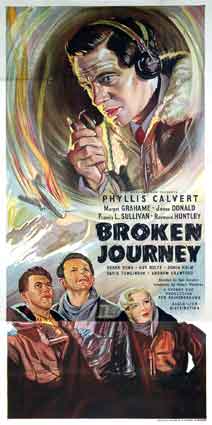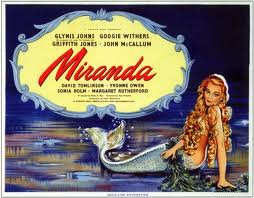
Miranda is a 1948 black and white British comedy film, directed by Ken Annakin and written by Peter Blackmore, who also wrote the play of the same name from which the film was adapted. The film stars Glynis Johns, Googie Withers, Griffith Jones, Margaret Rutherford, John McCallum and David Tomlinson. Denis Waldock provided additional dialogue. Music for the film was played by the London Symphony Orchestra, conducted by Muir Mathieson. The sound director was B. C. Sewell.

The Story of Robin Hood and his Merrie Men is a 1952 action-adventure film produced by RKO-Walt Disney British Productions, based on the Robin Hood legend, made in Technicolor and filmed in Buckinghamshire, England. It was written by Lawrence Edward Watkin and directed by Ken Annakin. It is the second of Disney's complete live-action films, after Treasure Island (1950), and the first of four films Annakin directed for Disney.
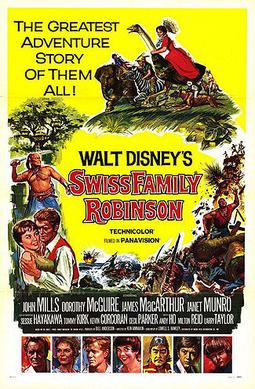
Swiss Family Robinson is a 1960 American adventure film starring John Mills, Dorothy McGuire, James MacArthur, Janet Munro, Tommy Kirk, and Kevin Corcoran in a tale of a shipwrecked family building an island home. It was the second feature film based on the 1812 novel The Swiss Family Robinson by Johann David Wyss, a previous adaptation having been released by RKO Pictures in 1940. Directed by Ken Annakin and shot in Tobago and Pinewood Studios outside London, it was the first widescreen Walt Disney Pictures film shot with Panavision lenses; when shooting in widescreen, Disney had almost always used a matted wide screen or filmed in CinemaScope.
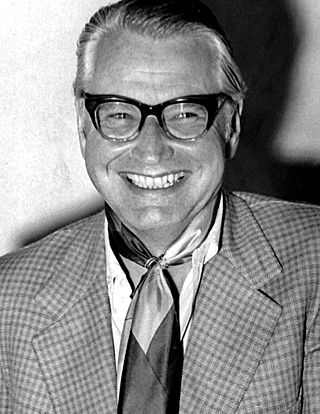
Kenneth Cooper Annakin, OBE was an English film director.
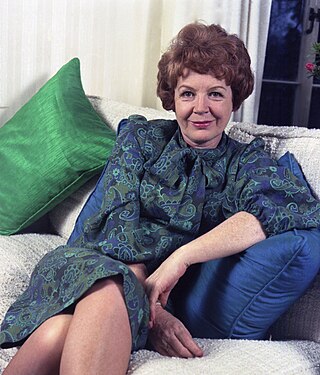
Phyllis Hannah Murray-Hill, known professionally as Phyllis Calvert, was an English film, stage and television actress. She was one of the leading stars of the Gainsborough melodramas of the 1940s such as The Man in Grey (1943) and was one of the most popular movie stars in Britain in the 1940s. She continued her acting career for another 50 years.
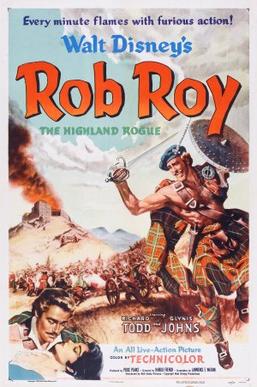
Rob Roy: The Highland Rogue is a 1953 adventure film produced by RKO-Walt Disney British Productions which is about Rob Roy MacGregor. It was the last Disney film released through RKO Radio Pictures.

The Man in Grey is a 1943 British film melodrama made by Gainsborough Pictures; it is considered to be the first of a series of period costume dramas now known as the "Gainsborough melodramas". It was directed by Leslie Arliss and produced by Edward Black from a screenplay by Arliss and Margaret Kennedy that was adapted by Doreen Montgomery from the 1941 novel The Man in Grey by Eleanor Smith. The film's sets were designed by Walter Murton.
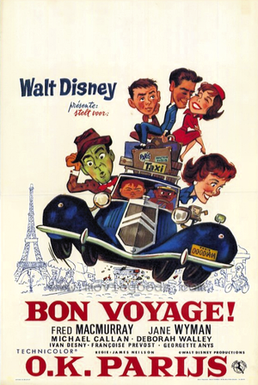
Bon Voyage! is a 1962 American comedy film directed by James Neilson and produced by Walt Disney Productions. It stars Fred MacMurray, Jane Wyman, Deborah Walley, Tommy Kirk, and Kevin Corcoran as the Willard family on a European holiday.
Leslie Arliss was an English screenwriter and director. He is best known for his work on the Gainsborough melodramas directing films such as The Man in Grey and The Wicked Lady during the 1940s.

Third Man on the Mountain is a 1959 American family adventure film by Walt Disney Productions, directed by Ken Annakin and starring Michael Rennie, James MacArthur and Janet Munro. Set during the golden age of alpinism, its plot concerns a young Swiss man who conquers the mountain that killed his father. It is based on Banner in the Sky, a James Ramsey Ullman 1955 novel about the first ascent of the Citadel, and was televised under this name.

The Informers is a 1963 British crime film directed by Ken Annakin and starring Nigel Patrick, Margaret Whiting, Harry Andrews, Derren Nesbitt and Colin Blakely. It was produced by William MacQuitty, with screenplay by Paul Durst and Alun Falconer from the novel Death of a Snout by Douglas Warner. Cinematography was by Reginald H. Wyer. It was distributed in the UK by The Rank Organisation and the U.S. by Continental Film Distributors.
The Huggetts are a fictional family who appear in a series of British films which were released in the late 1940s by Gainsborough Pictures. The films centre on the character of Joe Huggett, played by Jack Warner, the head of a working class London family. Along with the Gainsborough melodramas, the Huggett films proved popular and lucrative for the studio. All four films were directed by Ken Annakin and produced by Betty E. Box.

The Huggetts Abroad is a 1949 British comedy drama film directed by Ken Annakin and starring Jack Warner, Kathleen Harrison, Petula Clark and Susan Shaw. It was the fourth and final film in The Huggetts series.
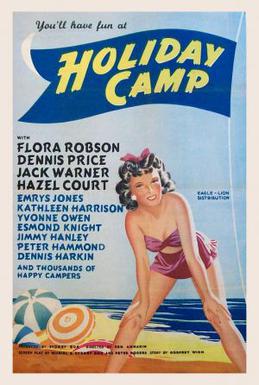
Holiday Camp is a 1947 British comedy drama film directed by Ken Annakin, starring Flora Robson, Jack Warner, Dennis Price, and Hazel Court, and also features Kathleen Harrison and Jimmy Hanley. It is set at one of the then-popular holiday camps. It resonated with post-war audiences and was very successful. It was the first film to feature the Huggett family, who went on to star in "The Huggetts" film series.

Landfall is a 1949 British war film directed by Ken Annakin and starring Michael Denison, Patricia Plunkett and Kathleen Harrison. It is based on the 1940 novel Landfall: A Channel Story, written by Nevil Shute.

Double Confession is a 1950 British crime film directed by Ken Annakin and starring Derek Farr, Joan Hopkins, William Hartnell and Peter Lorre. The screenplay by William Templeton is based on the novel All On A Summer's Day by H.L.V. Fletcher, written under the pen name John Garden.

The Magic Bow is a 1946 British musical film based on the life and loves of the Italian violinist and composer Niccolò Paganini. It was directed by Bernard Knowles. The film was entered into the 1946 Cannes Film Festival.

Across the Bridge is a 1957 British thriller film directed by Ken Annakin and starring Rod Steiger, David Knight and Bernard Lee. It is based on the 1938 short story "Across the Bridge" by Graham Greene. According to his obituary, it was director Annakin's favourite film.
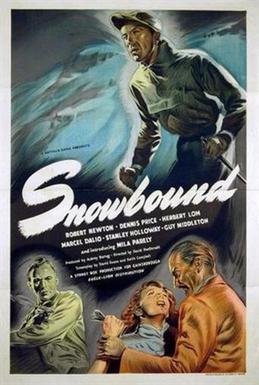
Snowbound is a 1948 British thriller film directed by David MacDonald and starring Robert Newton, Dennis Price, Stanley Holloway, Herbert Lom, Marcel Dalio and Guy Middleton and introducing Mila Parély. Based on the 1947 novel The Lonely Skier by Hammond Innes, the film concerns a group of people searching for treasure hidden by the Nazis in the Alps following the Second World War.
Verity Films was a British documentary film production company, founded by Sydney Box and Jay Gardner Lewis in March or May 1940.
